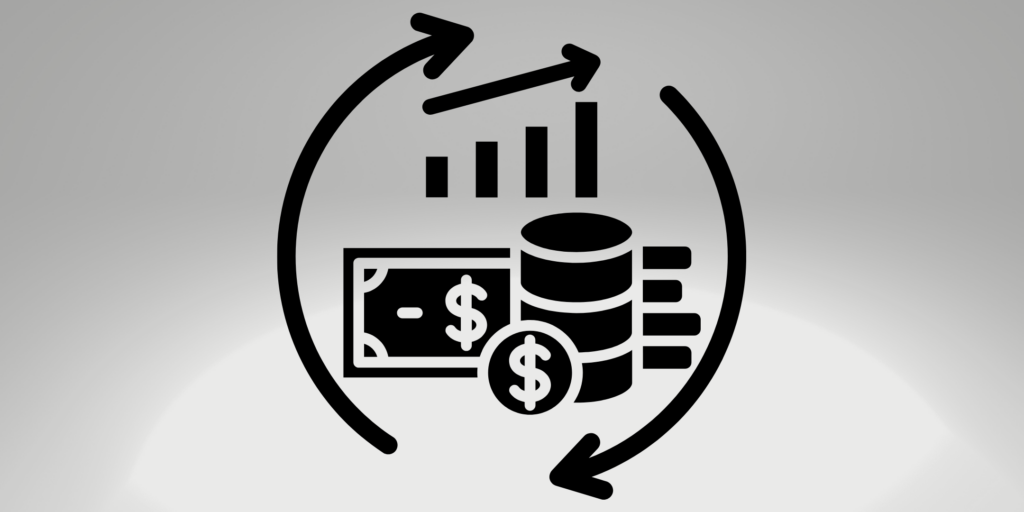
Often for growing businesses, the best way to view the present state is in future terms. Thanks to cash-flow forecasting, businesses can get different snapshots of their financials which allows them to anticipate the best way to scale or manage their companies in the short and long term.
To better understand the importance of cash-flow forecasting, we reached out to Settle, a SKU partner that provides a cash-flow management platform specifically designed for growing consumer brands. They provided some insights on how cash-flow forecasting can benefit your business and how to build a forecast in just four steps.
Why Forecasting Matters
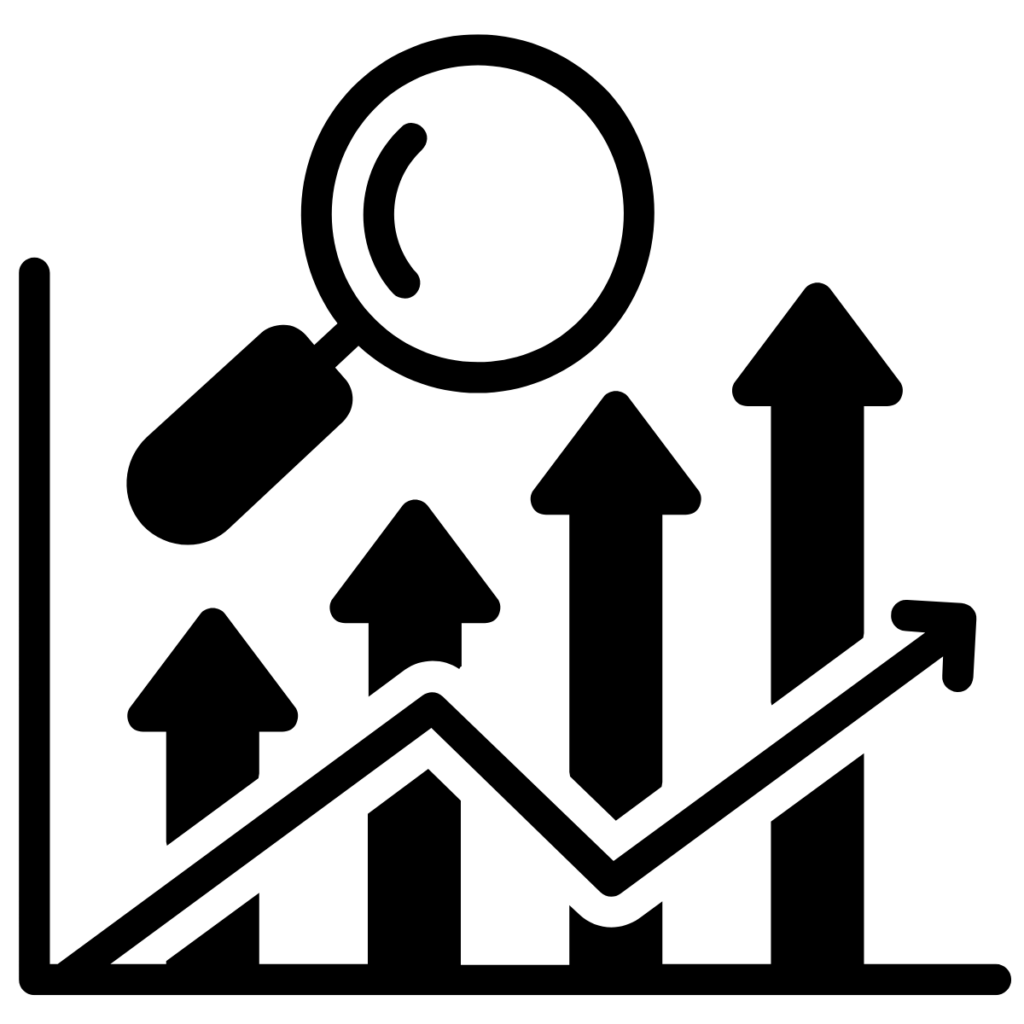
Think of cash flow forecasting like a business’ crystal ball. It’s a report that projects incoming and outgoing funds at some particular point in the future. Companies are able to leverage this kind of forecasting to estimate what their cash flow will look like at any given time.
In building out future plans, companies can better anticipate their financial status and therefore make more efficient and strategic decisions to benefit their business overall.
These benefits include:
- Helping you predict when your business may experience a cash deficit. You can be prepared to make pricing changes or other adjustments to your business.
- Helping you pay off debt faster. Accurate cash flow forecasting ensures that your business will have enough cash to make required payments (including interest) on time.
- Decreasing the impact of cash shortages. When you have an idea of when you may experience a cash shortage, you can plan for those months in advance. For example, you might consider establishing a line of credit with your bank to guarantee enough working capital for the time period.
- Ensuring your business adheres to debt covenants. Some lenders require that businesses maintain specific cash levels in order to make sure they’ll be able to make debt payments on time. You’ll be able to identify potential cash flow problems and avoid a covenant violation where you must make an immediate full repayment of loan debt.
- Keeping suppliers and employees happy. No one likes late payments or missing paychecks. Thanks to cash flow forecasting, you’ll be able to confirm whether you can pay your employees and suppliers on time.
Direct VS Indirect Forecasting

There are two types of cash flow forecasting: direct and indirect. Each type of forecasting utilizes different sources of information to determine a company’s future financial state.
Direct cash forecasting is all about focusing on short-term incomes and expenses that the company will have.
These types of forecasts generally show the amount of money that is required to operate normally and maintain a good day-to-day budget. Typically created through an in-depth analysis of the accounts receivable, accounts payable, debts, and credit, they focus heavily on analyzing statistics about the company’s current financial state, and assess the full value and ability of the company to deal with current financial incomes and outcomes.
Indirect cash forecasting is centered more around long-term funding for projects, strategies, and overall expansion.
Unlike short-term forecasting, long-term forecasting looks at a variety of data points — mostly focused on projections rather than on the current financial state of the company. These reports might include market trends, competitive analysis, and projected revenue sources. Using projected balance sheets and income statements, this type of forecasting is based less on hard facts, and more on possible estimations of what the future situation might be for the company.
Building a forecast in 4 Steps
There are free financial forecasting software services available, or you can build your own forecast with these steps:
1. Decide how far out you want to plan for (and remember this can change over time)
Depending on your business, your cash flow forecast can go out a few weeks, or many months. If you’re well-established, you may have a predictable sales pipeline and more robust historical data, helping you plan further out. If you’re a new business, you probably won’t have as much data. If you plan too far out, your predictions may not be accurate. But that’s nothing to worry about. Your cash flow forecast can and should change over time. You can always go back and update your plan as things progress. In fact, it should. As things change, or you get more exact estimates, you can update your plan.
2. LIST ALL YOUR CASH INFLOWS
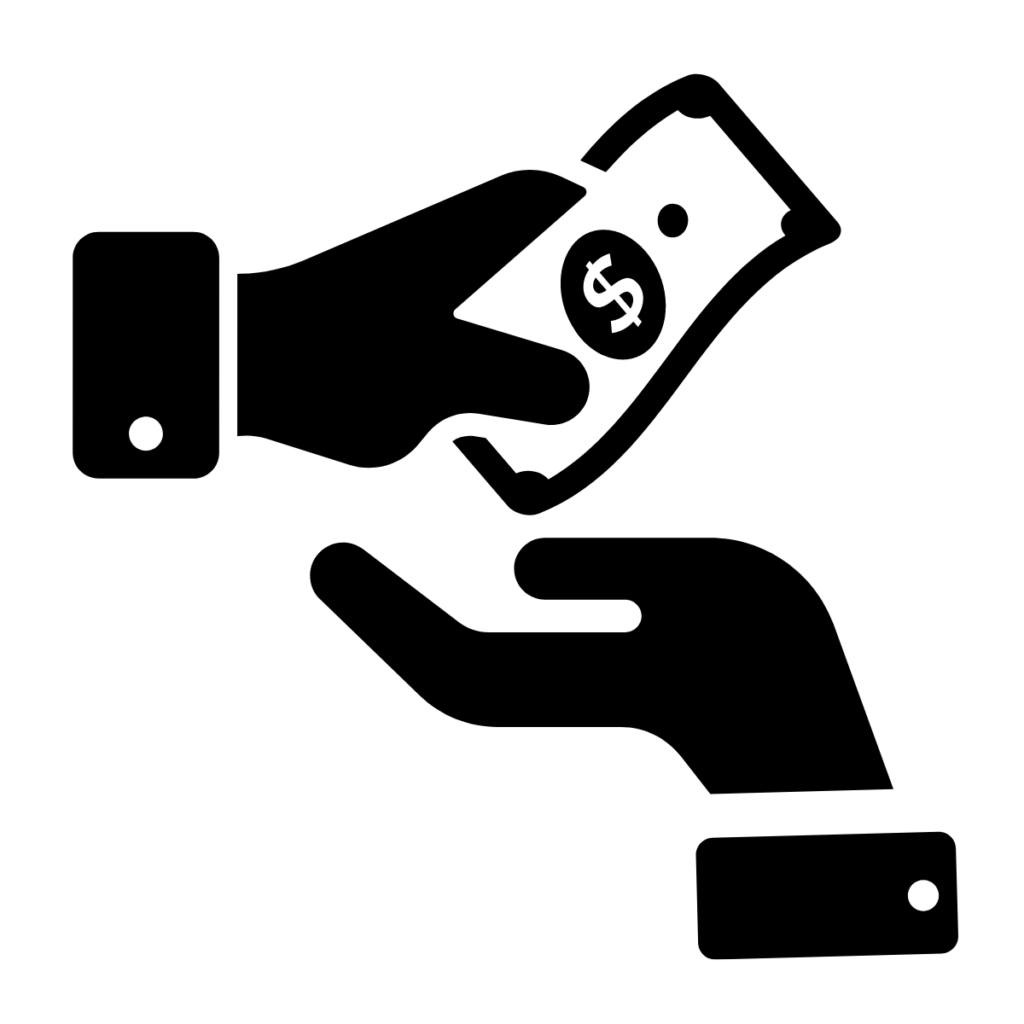
List all the cash coming in for every week or month in your forecast. Have one column for each week or month, and one row for each type of income.
Start with your sales, adding them to the appropriate week or month. You might be able to predict this from previous years’ figures, if you have them. Remember that these numbers reflect when the cash is actually in your bank account — when clients will pay invoices or bank payments will clear.
You should also include all non-sales income, including:
- Tax refunds
- Grants
- Investment from shareholders or owners
- Asset sales
- Loan proceeds
- Royalties or license fees
Add up the total for each column to get your net income.
3. List all your outgoings
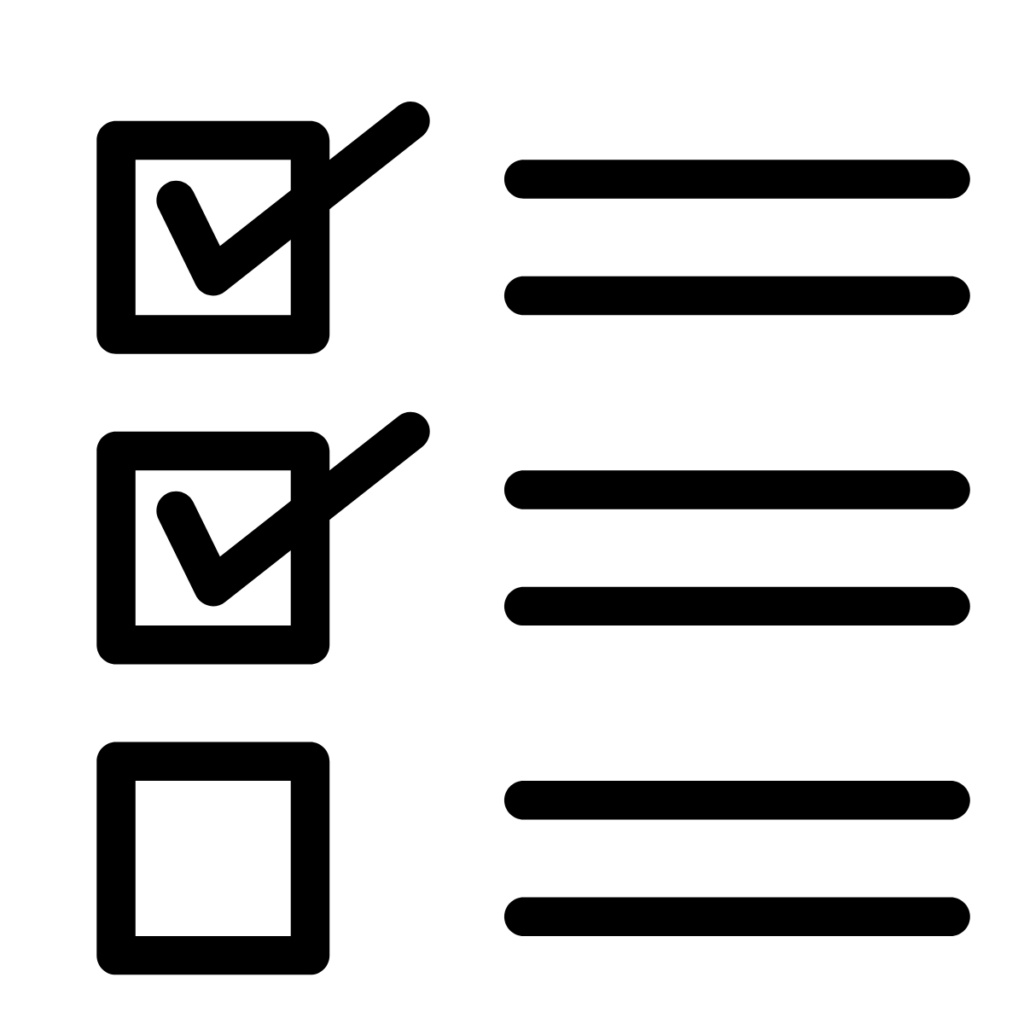
Now you know what’s coming in, move on to what’s going out. For each week or month, make a list of all the money you’ll be spending, including:
- Payroll
- Inventory
- Rent
- Bank loans, fees, and charges
- Marketing and advertising spend
- Tax payments
Then add up the total for each column to get your net outgoings.
4. Calculate your running cash flow
For each week or month column, subtract net outgoings from your net income. You’ll get either a positive cash flow figure (more cash coming in than out) or a negative cash flow figure (more cash going out than coming in).
You can now keep a running week-over-week or month-over-month total and understand your cash flow forecast over time. Too many weeks in the negative means you’ll need to plan ahead to make sure you can meet various commitments like employee salaries and office rent. A positive trend, on the other hand, means your business has money to expand or invest.
About Settle
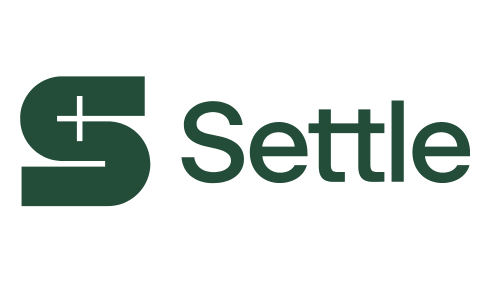
Cash flow management is exactly what we do. We help businesses streamline their finances so that they can scale faster. As you anticipate what’s to come next for your business — be it in a week or a decade — Settle is here to ensure your vendors are getting paid on time and that you have flexibility in your finances.
Bill Pay enables cash flow to move more efficiently, which means fewer delays and hiccups, each of which could compromise the effectiveness of your cash flow forecasting. Instead of sorting through invoices and comparing due dates, you can focus on building your business and planning for what’s next.

